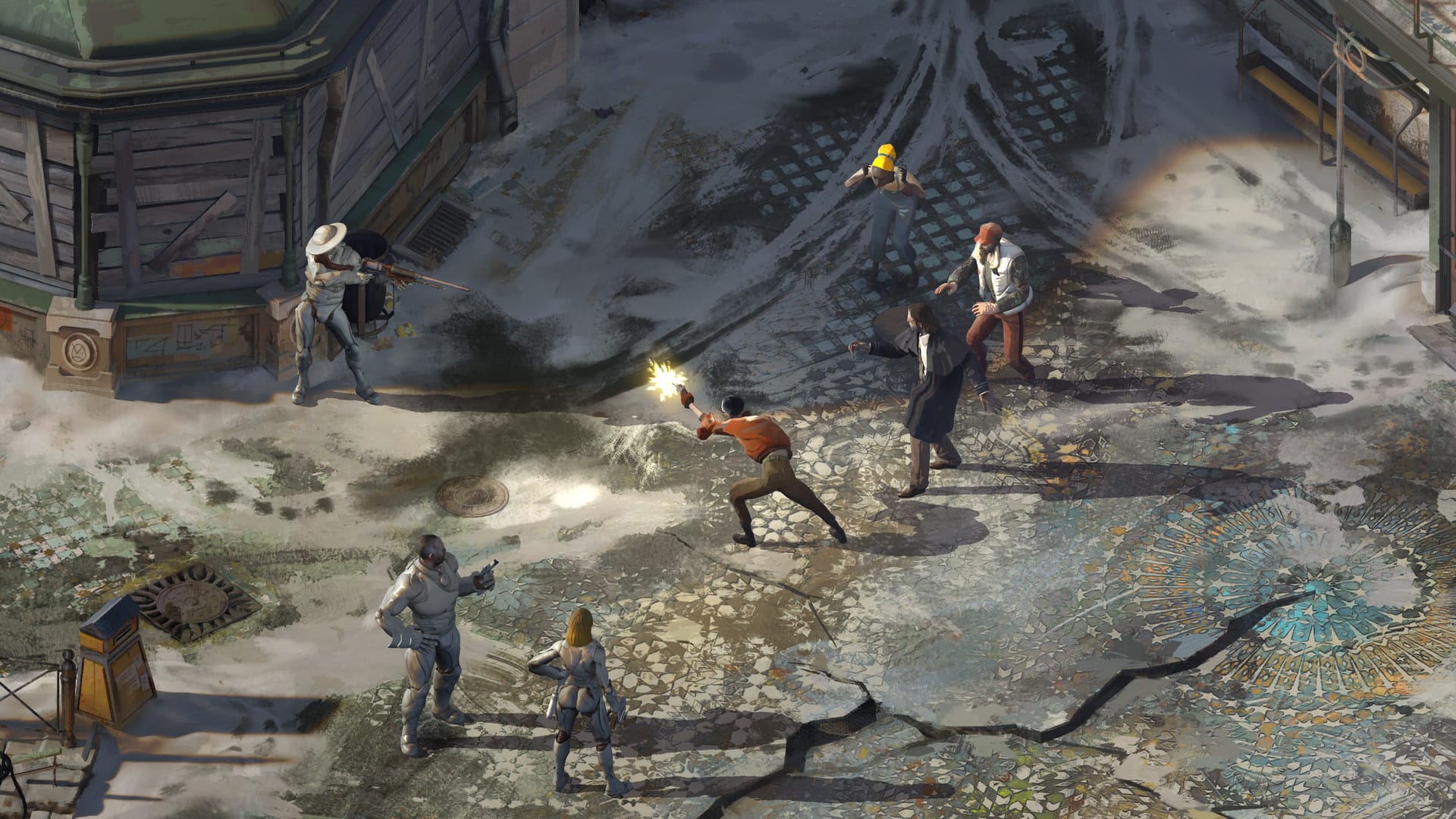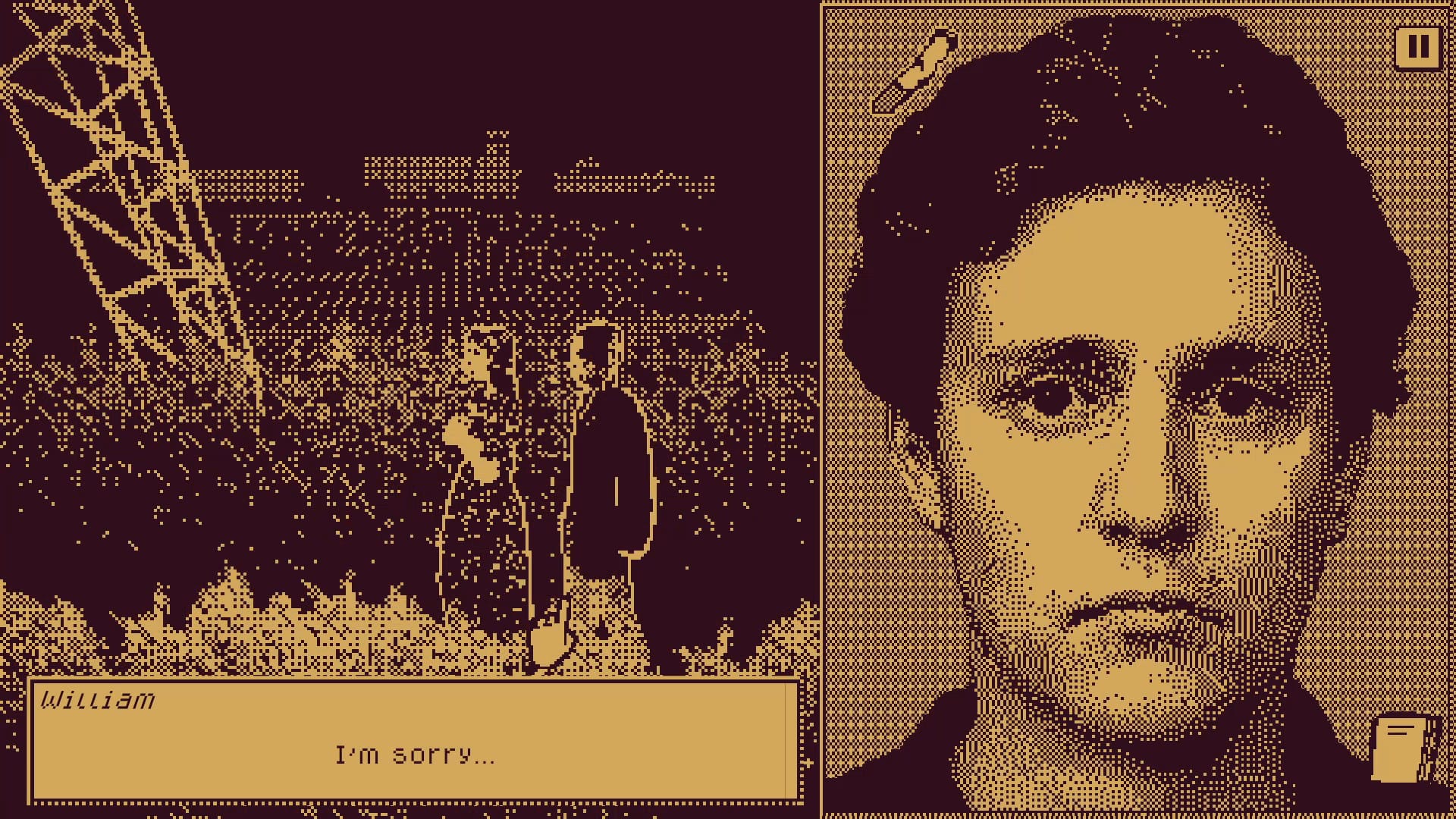Is video game a form of art?
Different people may have their own answer, but it is inevitable that this medium has showcased its possibility to be something more than purely entertainment or a way to make money.

Different people may have their own answer, but it is inevitable that this medium has showcased its possibility to be something more than purely entertainment or a way to make money. As a combination of technology, design, storytelling, visual, audio, and audience engagement, video game is a great way to explore new concepts and communicate ideas, which is also exactly what art can be. Institutions like the Museum of Modern Art (MoMA) in New York have already acknowledged this by adding revolutionary games such as Pac-Man, Tetris, and Katamari Damacy to their permanent collection. These selections have proven both their historical significance and the recognized association with fine art. One of the earliest influential video games, Super Mario, was also frequently referred to in contemporary artworks, such as Super Mario Clouds(2002) by Cory Arcangel and Super Mario War(2006) by Aram Bartholl, as an exploration of digital and mass media.

Even without its correlation with fine art, the medium of video game itself embodies all the foundational qualities of what is considered art, if not even more in my opinion. Its ability to create narrative and representation by visual and audio storytelling to truly engage with the audience combines all forms of art creation. Disco Elysium, one of my favorites, creates such a fictional yet realistic world that truly immerses the player while touching on existentialism and political critique. It’s hard to deny its visual and performance as an artistic masterpiece while providing enough intellectual depth that pushes the audience to actively engage with the piece.
As a Forbes article from the Berlin School of Creative Leadership argues, video games are not only “the most important new art form of the 21st century,” but also a powerful testament to how art can evolve alongside technology and popular culture . While also making art more accessible for the public. And to take it can also make art education and advocacy possible to engage more with younger populations.

A lot of the arguments against the artistic merits of video games target the commerciality of the medium. While it is true that video games are deeply embedded in the commercial system in which they are considered more as a commodity. However, though using a different commercialized system, those so-called “serious art” industries also operate based on monetary exchange, which is simply more gate-kept by institutions to ensure more profit. Yet most video games allow the audiences to experience the work with relatively very affordable prices, which helps them thrive outside the white walls of galleries. At the same time, platforms such as Steam enable smaller independent game developers to publish their works with lower budgets. Low-budget independent games such as Celeste, Undertale, and Who's Lila? are able to achieve massive popularity and incredible artistic and philosophical depth even more than some of the commercially made games as they acquire the freedom to create purely out of passion rather than financial purposes.
As the digital and physical worlds continue to converge, the distinctions between fine art and interactive media become increasingly artificial. Rather than asking whether video games can be art, the more relevant question is how we can expand our understanding of art to embrace the full potential of this dynamic medium.





